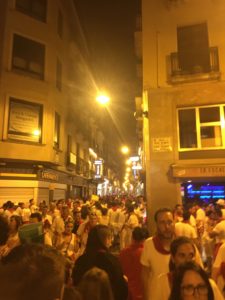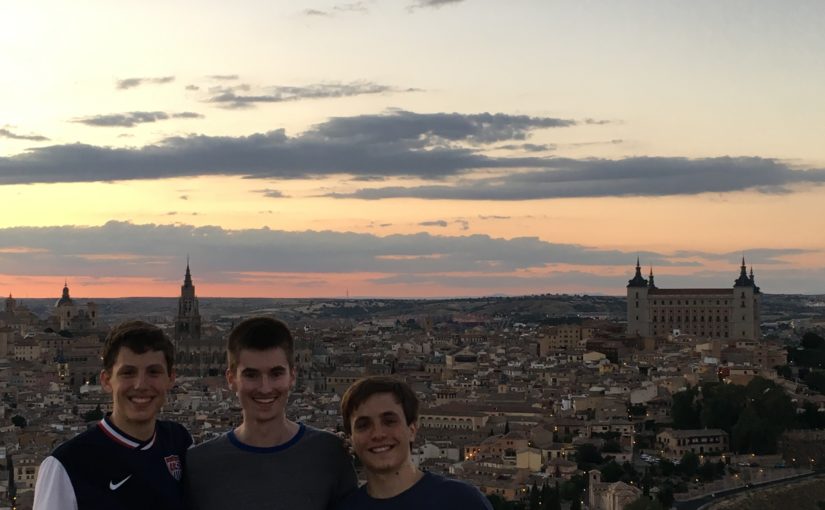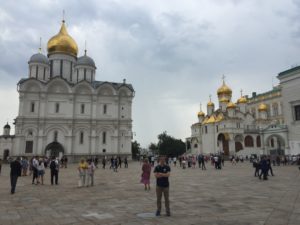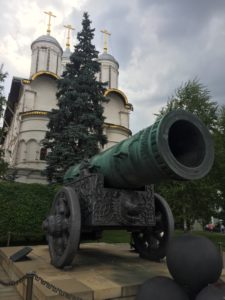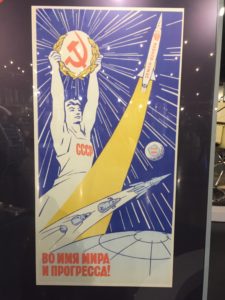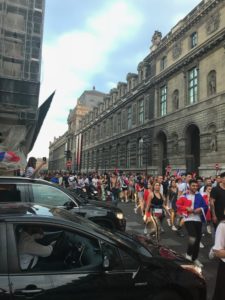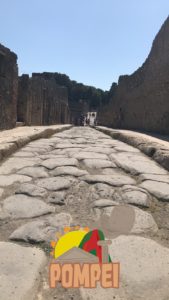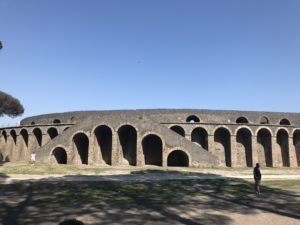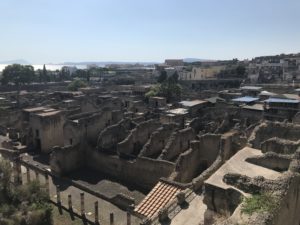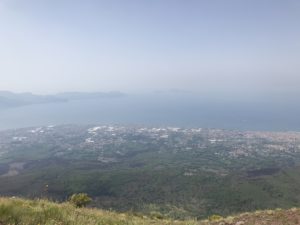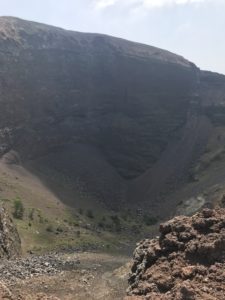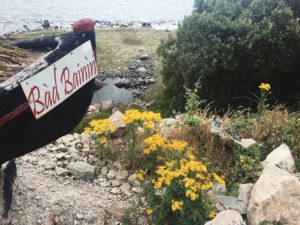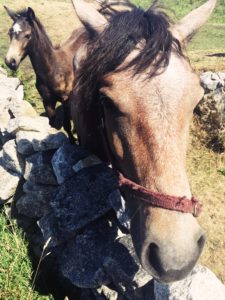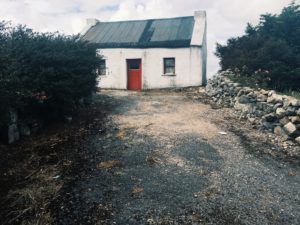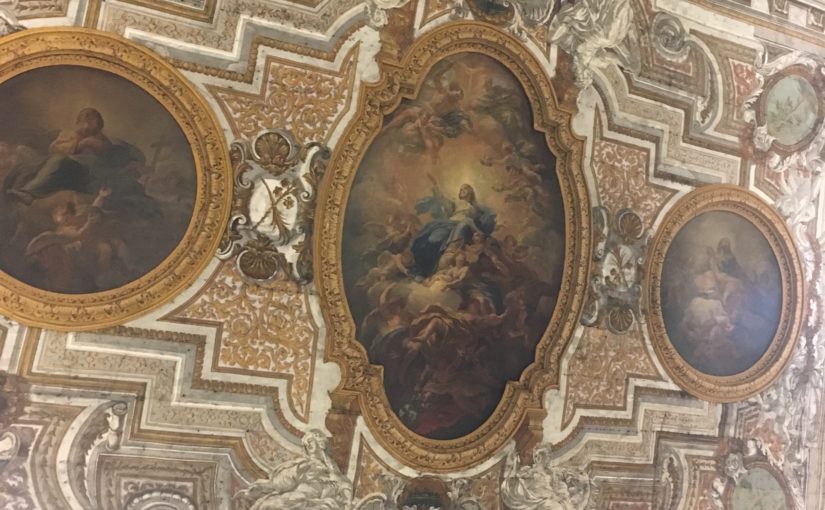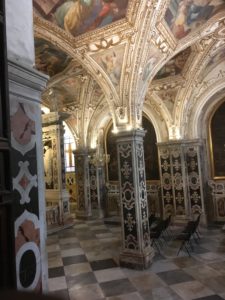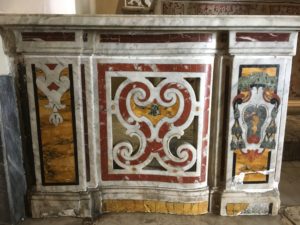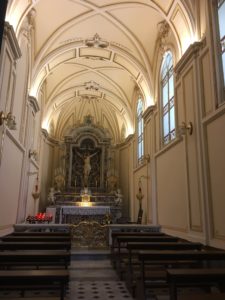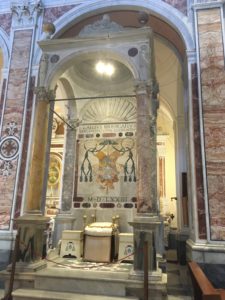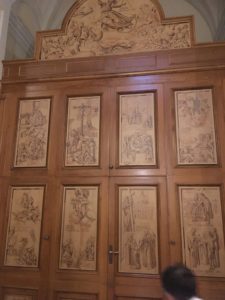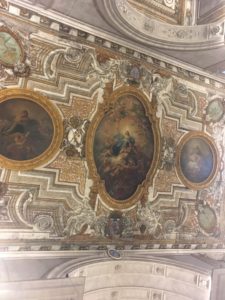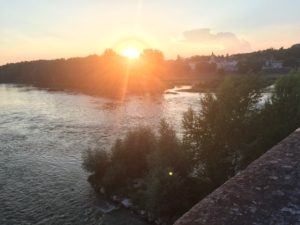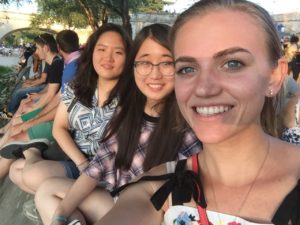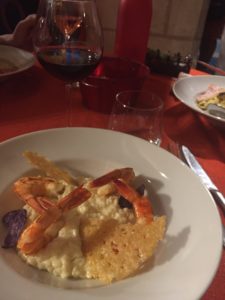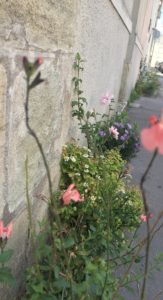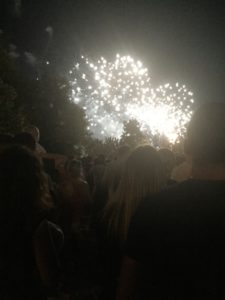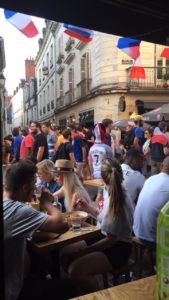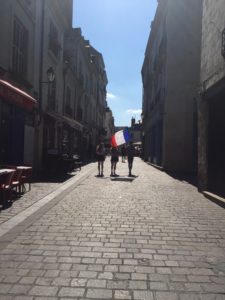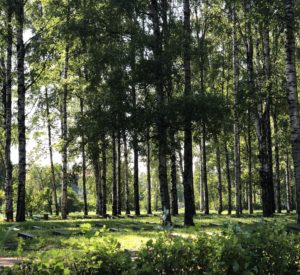¡Hola, buenas! I’m checking in after week three in Toledo and I feel completely at home. I don’t think I can truly explain how comfortable I feel with my host parents. Aside from the occasional (okay, more than occasional) communication difficulties, it is as easy as living at home. Pilar and Salvador have been such accommodating parents that I actually feel bad about leaving to hang out with my friends because I enjoy being at home so much. Pilar is a wonderful mother and would move heaven and earth to make me happy while Salvador is such a jovial joker that he never fails to liven up a conversation. Pilar has even begun to call me “niño” or “hijo”, which essentially means “my son”. I feel like I am truly part of a Spanish family.
In other exciting Spanish news, I spent my Tuesday seeing the Queen of Spanish music live in concert in Madrid. Yes, I saw Shakira with my own two eyes. Five of my friends and I somehow managed to obtain floor tickets for the concert and immediately jumped on a train to Madrid. Shakira has always been one of my favorite artists and she did not disappoint. That show was two and a half hours of pure joy to watch. She always seemed like she was loving every moment of playing for the crowd. For me, it was even more special to see Shakira in a Spanish speaking country. I feel like I got the full Shakira experience because she sang most of her songs with the original Spanish lyrics. I can honestly say it was probably the best Tuesday night decision I’ve made in my life.
This weekend was an eventful one for me. On Friday, my classmates and I all took a trip to Segovia, an old Spanish city about 45 minutes from Madrid. We first went to the castillo on the edge of the city. The view from the top of the Castillo is amazing because it is essentially situated on a cliff. From one side you can see the valley beyond the city, from the other you get a great vista of the whole city. After that, we proceeded to the Aqueducts. These are the only remaining Roman aqueducts in the world and measure almost 95 feet tall at one point. It is truly a unique marvel of human architecture that I had the privilege of seeing.
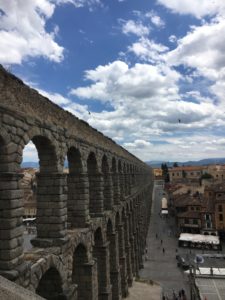
The day after Segovia was one of the craziest days of my life. It started with a trip to the Prado with my art class. That building is absolutely priceless. I was overwhelmed by the sheer number of works they have by masters such as Goya, Velázquez, and many more. After that, I met my friend from high school and jumped on a four-hour train to Pamplona. That train carried me to the Fiestas de San Fermín, better known as the Running of the Bulls. What I found there was by far the craziest, most fun fiesta in the world. The streets were jam-packed with thousands of people for the entire night. Neither I nor my friend slept so that we could secure a good spot to watch the running in the morning. When those bulls finally came thundering past, it was a sight to behold. Getting to participate in a true Spanish fiesta was certainly a unique experience I will never forget. Until next time ¡Hasta luego!
